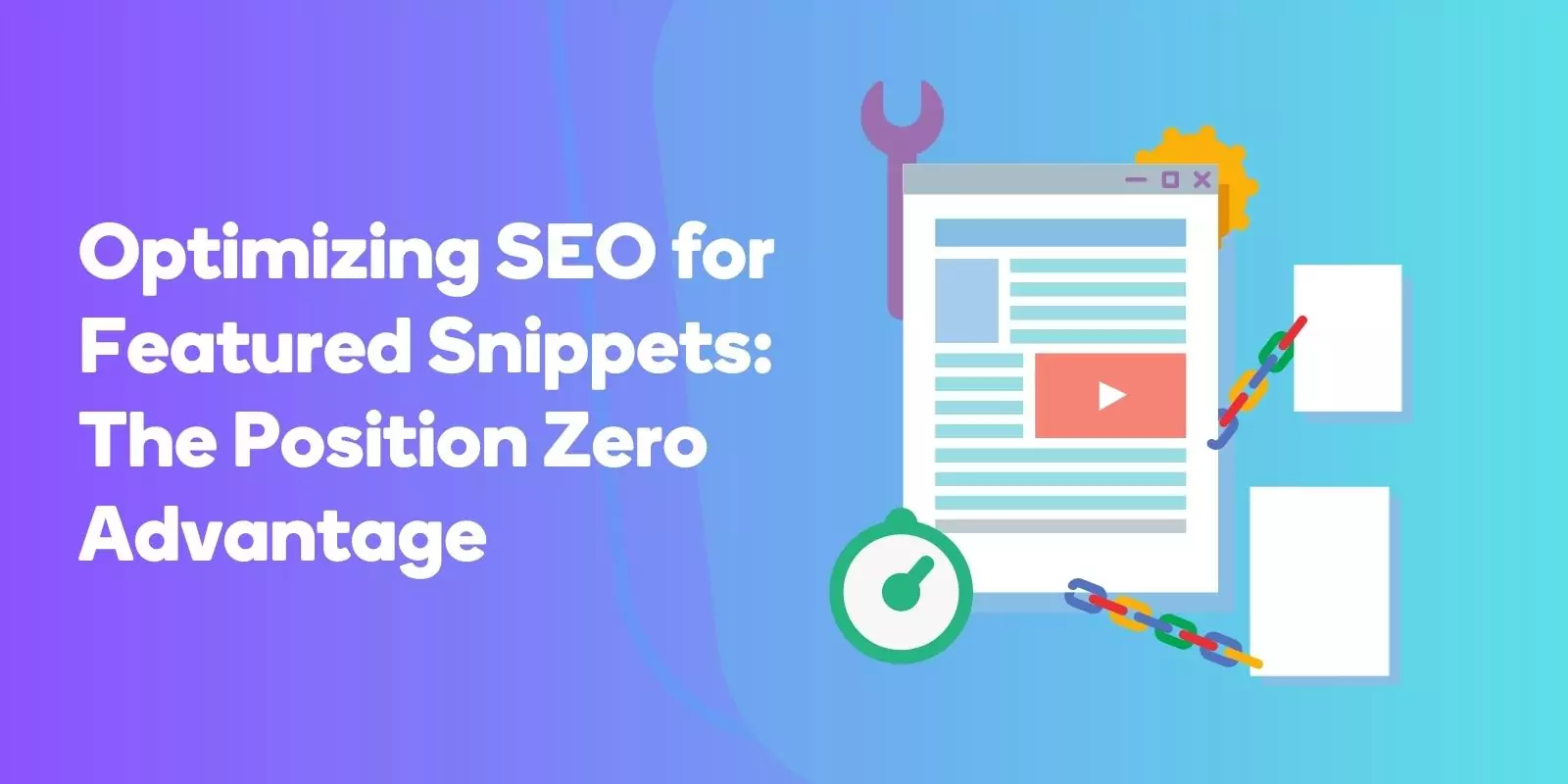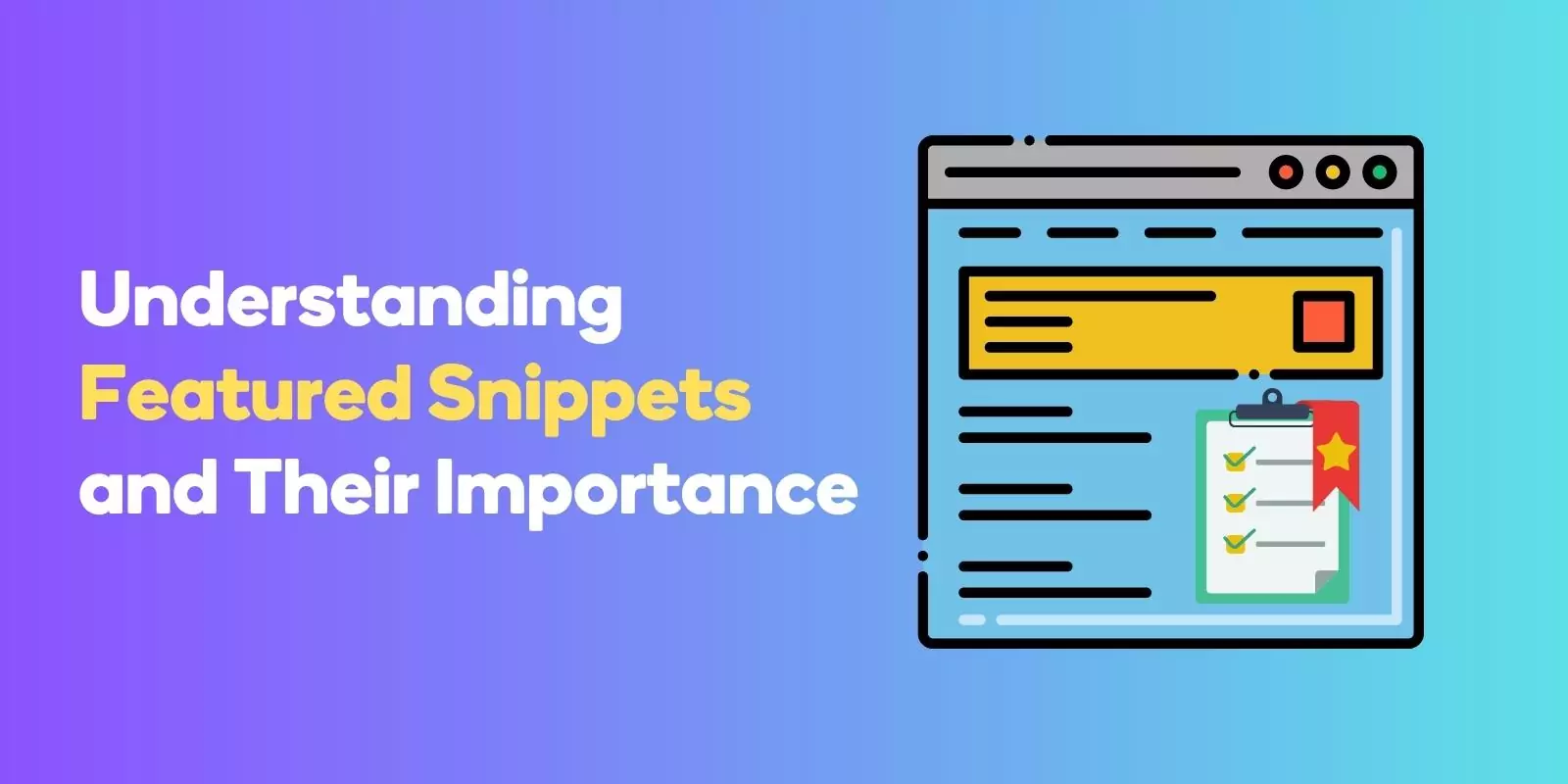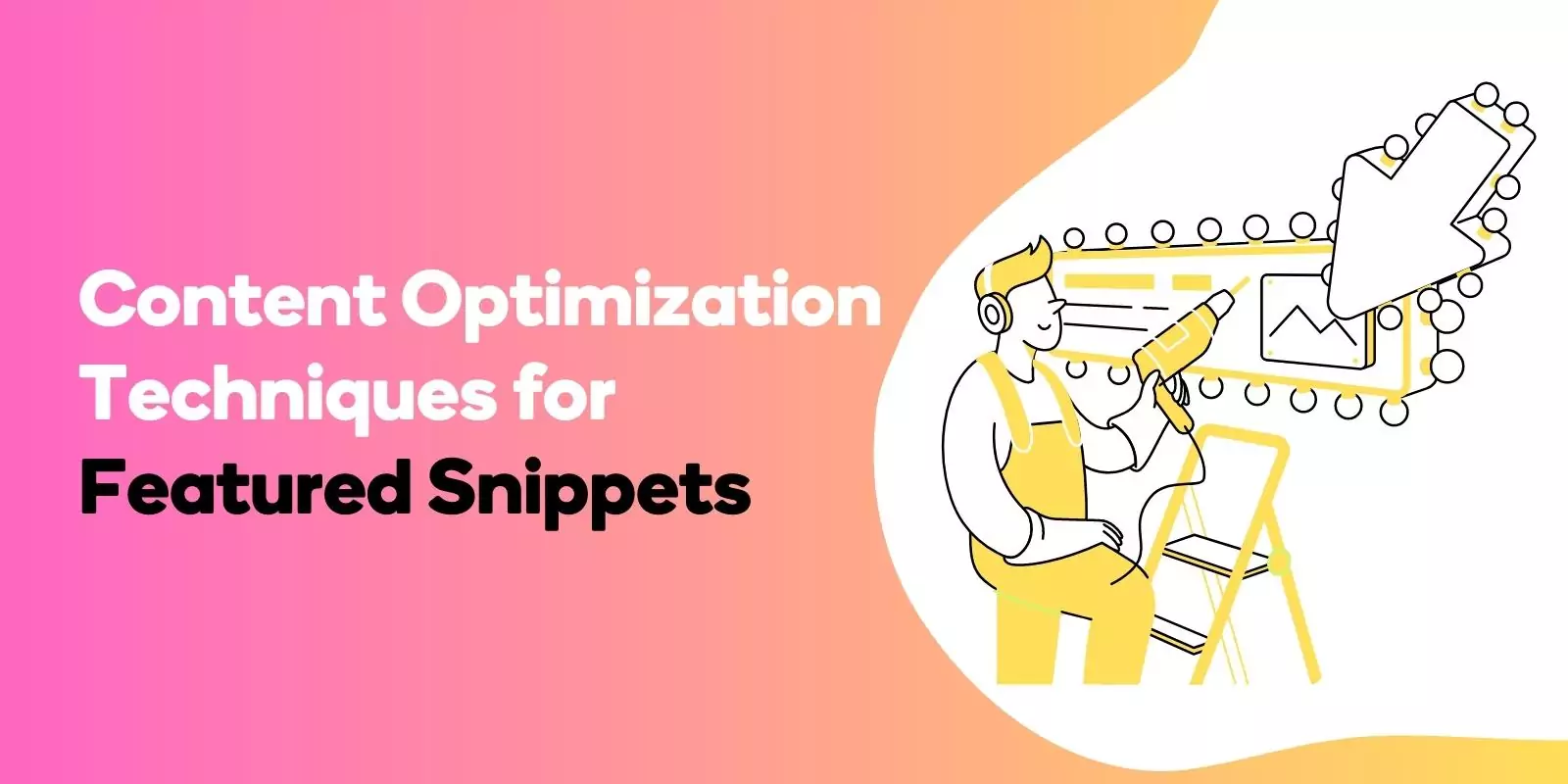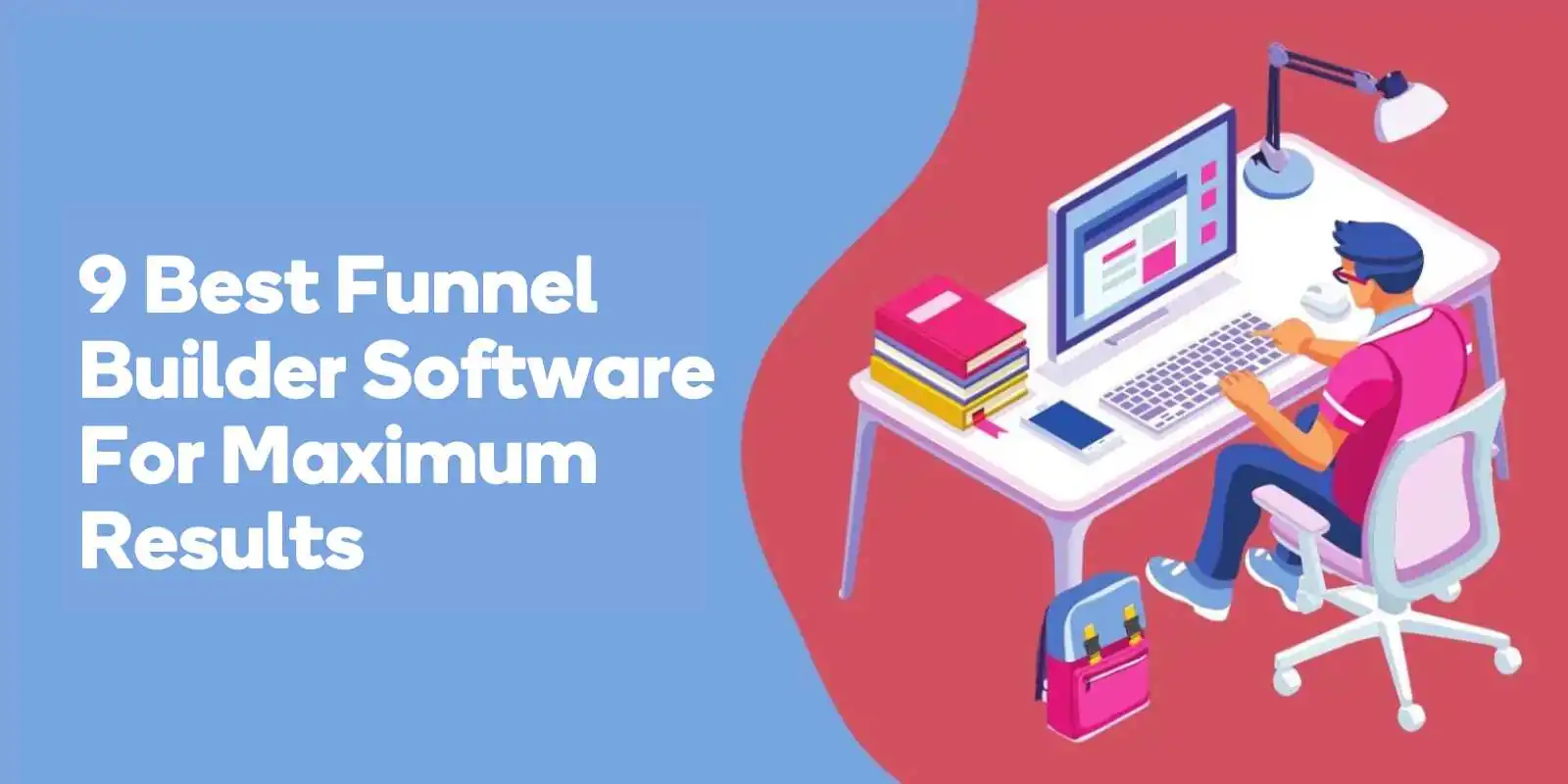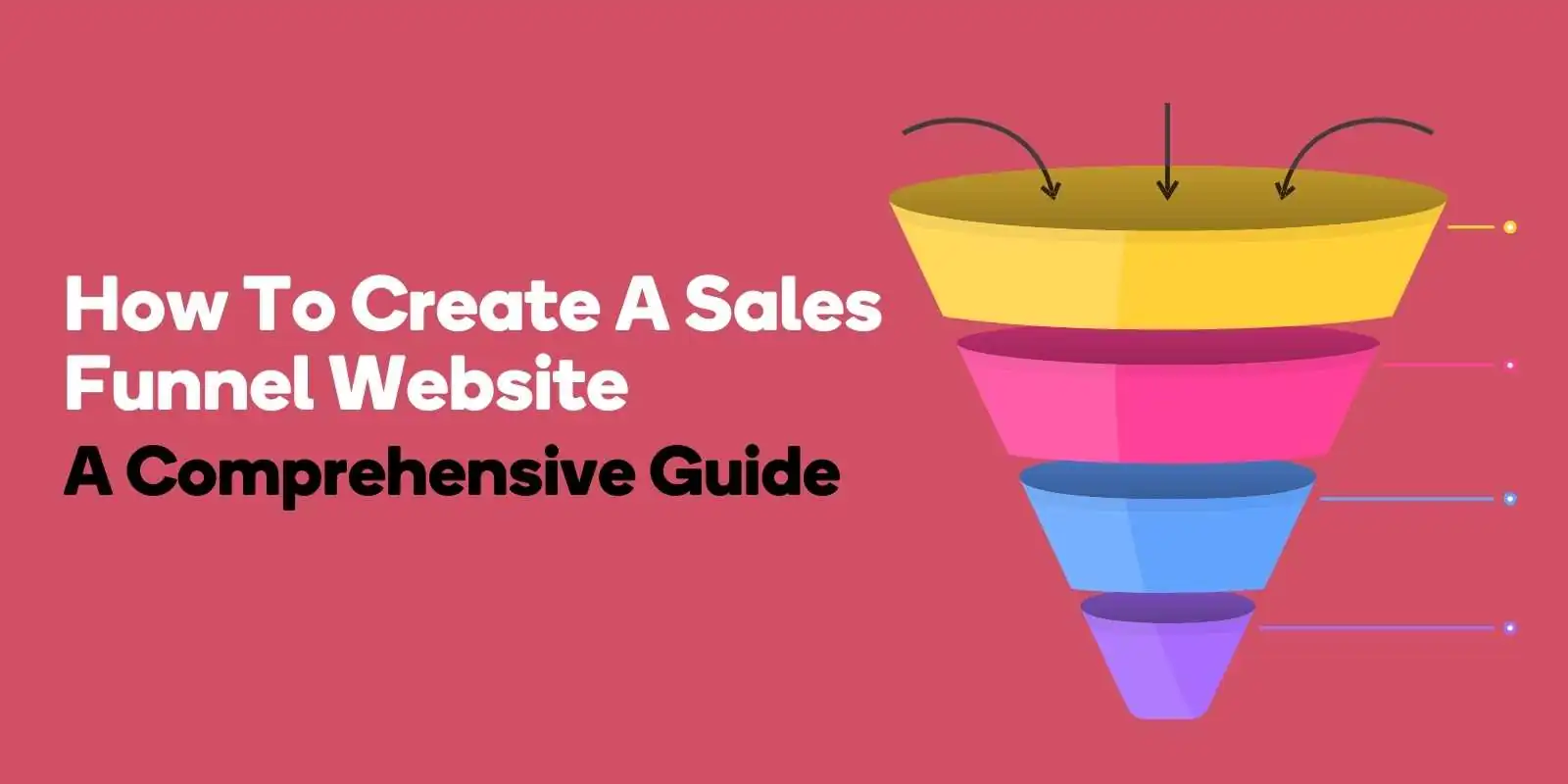In this blog post, we’ll dive into the various types of featured snippets and share tips on how to optimize for featured snippets in your content to increase your chances of earning that prized position zero.
Understanding Featured Snippets and Their Importance
Featured snippets are enhanced organic search results that provide a succinct response to a searcher’s query, utilizing excerpts from relevant content.
These prized search engine results not only heighten brand visibility, but also optimize user experience and boost traffic to a website.
Position zero, the top spot where featured snippets are displayed, is the ultimate goal for many marketers, as it offers unparalleled visibility and authority in the search engine optimization results.
Google algorithmically identifies all the web pages providing an answer to a user’s query, evaluates their quality, and displays the most appropriate answer in the form of a featured snippet.
With the increasing importance of featured snippets, marketers have compiled various tips for optimization, including keyword research, competitor analysis, user intent focus, content structuring, concise and accurate answers, structured data implementation, and performance tracking.
Defining Featured Snippets
A featured snippet is an exceptional result that appears on top of the Google search results. It is even placed above the #1 organic search result sometimes.
Google includes a brief piece of information in its search results to give users some idea about the content. This either answers their queries, or convinces them to click and learn more.
Featured snippets can take various forms, such as paragraph, list, table, or video, and are designed to provide users with quick, accurate, and concise answers to their queries, particularly on mobile devices or voice assistants.
The Value of Position Zero
Position zero refers to the featured snippet that appears at the top of the search engine results page. This coveted spot offers numerous advantages, such as enhanced website traffic, increased visibility, and augmented authority.
To achieve a ranking in the top 10 search results, which is essential to potentially receive a featured snippet, marketers can employ regular and advanced SEO techniques such as meta tag optimization, core web vitals optimization, quality link building, and content optimization.
Strategies for optimizing for position zero include enhancing the website, supplying more accurate answers, addressing queries, optimizing high-performing pages, and creating comprehensive content.
Additionally, targeting long-tail keywords can increase the search engine results pages’ likelihood of appearing in a featured snippet, especially when competition is low, and bring in the right searchers with higher conversion value.
Identifying Types of Featured Snippets
There are four main types of featured snippets: paragraph, list, a table snippet, and video. Understanding each type and optimizing your content accordingly is crucial for increasing your chances of earning a featured snippet.
In this section, we’ll explore each type of featured snippet, provide examples, and discuss optimization strategies to help you target the right format for your content.
Paragraph Snippets
Paragraph snippets are concise answers or definitions to a user’s search query, presented in paragraph format.
Optimizing for paragraph snippets can increase the click-through rate. Google highlights the primary text from the paragraph snippet to enable searchers to easily identify the precise answer within the content.
Snippets are usually returned for keyword searches based on questions, such as “who”, “why”, “when”, “how” and “what”.
These types of questions can help you get relevant search results from the internet. To optimize content for paragraph snippets, it’s essential to provide accurate and concise answers without giving away all the solutions in the snippet.
List Snippets
Featured snippets are triggered by searches containing phrases such as “how to” and “types of”. One type of featured snippet is called a list snippet.
This kind of snippet provides a method or several examples. They appear in response to queries that request examples or types and are typically generated using an HTML element from the website.
To optimize content for list snippets, it’s important to identify the major points relevant to the search query and provide a numbered list of steps that the reader can follow.
Employing correct HTML formatting, such as using proper tags for ordered or ordered lists, increases the likelihood of being featured in list snippets.
Table Snippets
Table snippets present information in a visually appealing table format. They are typically utilized for queries related to statistical and numerical data.
Structuring your content well and including numerical data such as years, rates, prices, percentages, etc. makes it easier to get table snippets. This data gives context to how customers may use your products or services.
To optimize content for table snippets, it’s essential to present information in an organized table format and ensure that the information is relevant and accurate.
Video Snippets
Video snippets are typically sourced from YouTube and are displayed with the start and stop positions already set to provide an answer to the user’s query.
Though only videos from YouTube are eligible for video snippets, optimizing your content for video snippets remains crucial.
To optimize video snippets, ensure relevance to the query, high quality, and proper structure and tagging.
This will not only help increase the likelihood of your video being featured in a snippet, but also enhance user engagement and satisfaction.
Discovering Featured Snippet Opportunities
To find and target keywords with potential for featured snippet placement, marketers can employ various strategies, such as using keyword research tools, analyzing competitor snippets, and focusing on user intent.
In this section, we’ll discuss these strategies in detail and provide tips on how to maximize your chances of earning a featured snippet for your target keywords.
Keyword Research Tools
Utilizing keyword research tools can help you discover opportunities for featured snippets by identifying long-tail keywords and monitoring the performance of those snippets.
Tools such as Ahrefs, Semrush, and Google’s “People Also Ask” box provide valuable insights into the types of search queries that trigger featured snippets, allowing you to optimize your content accordingly.
Google Search Console is another powerful resource for identifying potential featured snippet opportunities by analyzing queries with interrogative words and those that are already ranked in the top 10.
Analyzing Competitor Snippets
Examining competitor’s featured snippets can provide valuable insights into the type of content that is likely to be in earn featured snippet, as well as inspiration for improvement.
Tools such as Nozzle, Similarweb, and SEMrush can be employed to analyze domains, URLs, webpages, and keywords of competitors‘ featured snippets, helping you identify areas where your content may be lacking or opportunities for optimization.
By understanding what works for your competitors, you can adjust your content and optimization strategies to increase your chances of earning featured snippets.
Focusing on User Intent
Understanding user intent is crucial for creating relevant and valuable content for featured snippets. To identify featured snippet opportunities that align with user intent, consider the questions your audience is asking about your products and/or services.
By addressing these queries in your content, you not only provide useful information to your audience, but also increase your chances of appearing in a featured snippet.
Crafting content that caters to user intent ensures that your content is valuable and engaging, which ultimately increases your chances of earning a featured snippet.
Content Optimization Techniques for Featured Snippets
Optimizing your content to increase the chances of earning featured snippets is essential for enhancing your online presence and boosting website traffic.
In this section, we’ll discuss various content optimization techniques, such as structuring content effectively, providing concise and accurate answers, and implementing structured data, which can help you improve your chances of obtaining a featured snippet.
Structuring Content Effectively
Organizing your content using headings, lists, and tables can improve readability and increase the likelihood of earning a featured snippet.
By using descriptive headers that incorporate long-tail and question-like keywords, and limiting your responses to 40-50 words (200-300 characters) for paragraph snippets, you can optimize your content for better featured snippet opportunities.

Award-Winning
Sales Funnel & Website Expert
Discover How My Agency Can Grow Your Business
- Website: Our websites are the perfect blend of form and function.
- Sales Funnel: We build sales funnels that turn leads into customers.
- SEO: Get found online with our expert SEO services.
Additionally, addressing related questions in your content and employing multiple words for the same question can help you cater to a wider range of user queries and increase your chances of appearing in a featured snippet.
Providing Concise and Accurate Answers
Crafting short, succinct answers that address user queries effectively is critical for optimizing for featured snippets.
Providing concise and accurate answers ensures that your content is relevant to the user’s query and presented in a comprehensible manner, which increases the likelihood of attaining a featured snippet.
To maximize the probability of earning a featured snippet, it’s recommended to provide answers of 40-60 words.
Implementing Structured Data
Structured data is a method of organizing and labeling website content to facilitate search engine comprehension of its purpose and increase the possibility of featured snippet placement.
Schema markup, a coding technique that assists search engines in understanding content, can be implemented to help Google recognize your content’s structure and relevance to user queries.
Following guidelines and validating your structured data using the Rich Results. Test ensures that your markup is correctly implemented and increases your chances of earning a featured snippet.
Tracking and Monitoring Featured Snippet Performance
Monitoring the performance of featured snippets is essential for recognizing potentials for optimizing content and modifying strategies accordingly.
In this section, we’ll explore methods for tracking and analyzing the performance of google’s featured snippets , such as using Google Search Console, analyzing click-through rates and traffic, and adapting strategies based on data.
Using Google Search Console
Google Search Console is a powerful tool for monitoring featured snippet performance. By navigating to the Search Analytics reporting in the Search Traffic reports, you can access featured snippet performance data, such as clicks and CTR metrics.
Organizing results by either clicks or CTR can help you distinguish which pages obtain the most traffic from Google and identify potential featured snippet optimization opportunities.
Analyzing Click-Through Rates and Traffic
Examining the impact of featured snippets on website traffic and user engagement is crucial for understanding their effectiveness and making necessary adjustments to your content and SEO strategies.
Google Search Console can be utilized to track clicks and impressions for queries that trigger featured snippets, allowing you to analyze click-through rates and traffic for featured snippet performance.
This information can help you identify areas where your content may need improvement or optimization to better align with user needs.
Adapting Strategies Based on Data
Utilizing performance data to modify optimization techniques and content strategies is essential for maximizing the effectiveness of your featured snippets.
By tracking and monitoring existing featured snippets and snippet performance, you can identify areas for improvement and adjust your approach accordingly.
This may involve refining your keyword targeting, enhancing your content structure, or implementing new optimization techniques to better cater to user intent and search trends.
Voice Search and Position Zero
The relationship between position zero and voice search is becoming increasingly important as the use of voice search grows.
Optimizing for both featured snippets and voice search can provide a significant advantage in today’s competitive digital landscape.
In this section, we’ll discuss the growing importance of voice search and share tips on how to optimize your content simultaneously for voice search and position zero.
The Growing Importance of Voice Search
The increasing significance of voice search in SEO and user experience cannot be overstated. As voice search becomes more prevalent, users expect quick, accurate, and concise answers to their queries.
Brands that optimize their content for voice search can drive traffic to their landing pages, foster trust with their target audience, and offer prompt and accurate answers to search requests, enhancing the overall user experience.
Optimizing for Voice Search and Featured Snippets
To optimize content for both voice search and position zero simultaneously, focus on user intent, provide concise and accurate answers, and implement structured data.
Additionally, targeting long-tail keywords and employing conversational language can help you cater to voice searchers while also increasing your chances of appearing in a featured snippet.
By optimizing your content for both voice search and featured snippets, you can expand your reach, boost your visibility in search engine results, and enhance your click-through rate.
Conclusion
In conclusion, optimizing for featured snippets and the position zero results is essential for enhancing your online presence, boosting website traffic, and improving user experience.
By understanding the various types of featured snippets, discovering opportunities, optimizing content, tracking performance, and adapting strategies based on data, you can increase your chances of earning that coveted position zero spot.
Embracing the growing importance of voice search and optimizing for both voice search and featured snippets simultaneously can further solidify your brand’s authority and visibility in the ever-evolving digital landscape.
